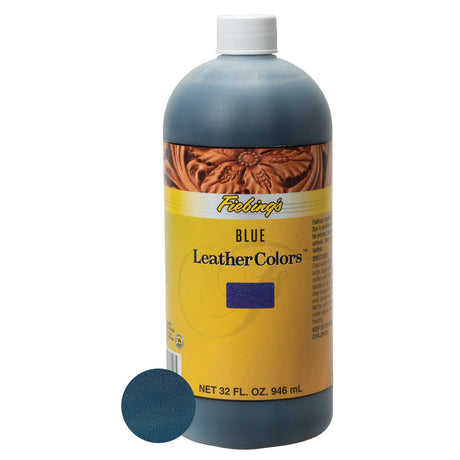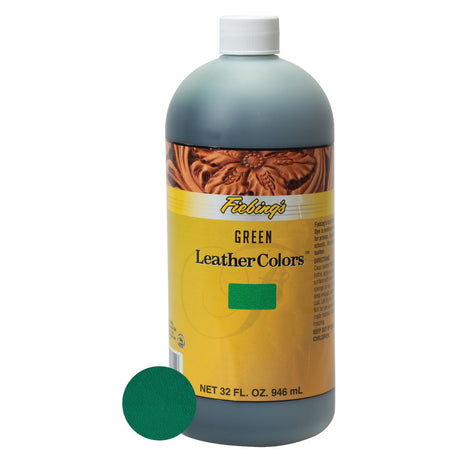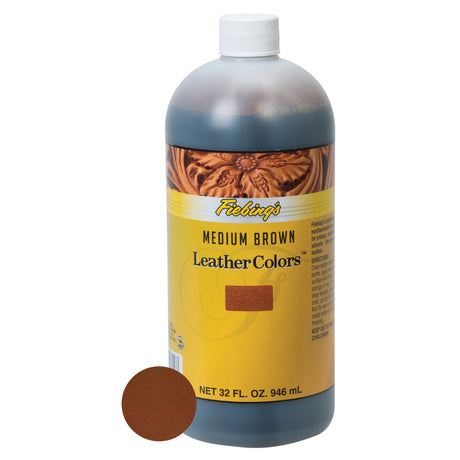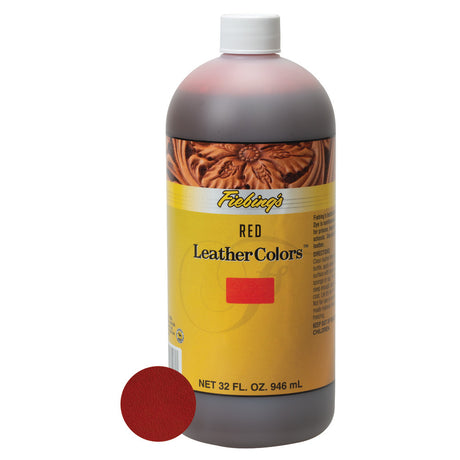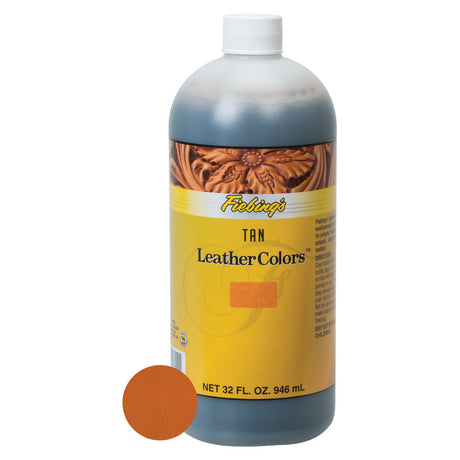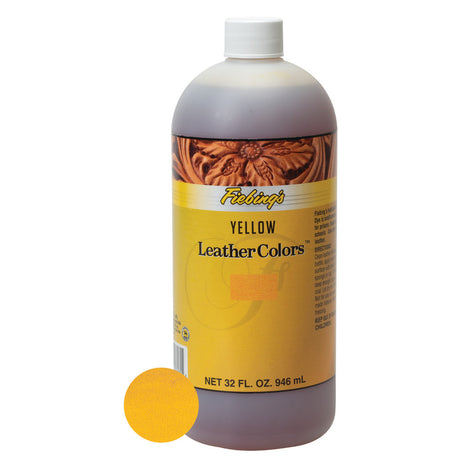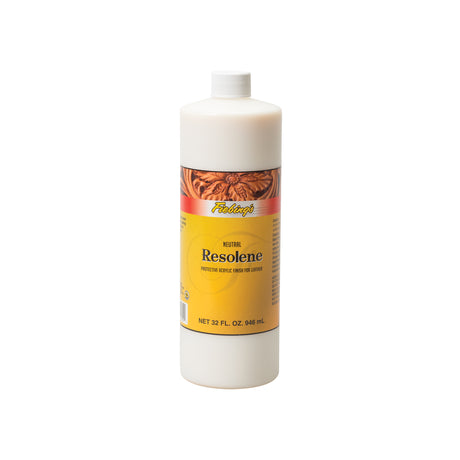The Different Types Of Leather Dye
What Are The Different Types Of Leather Dyes?

Congratulations!
You finally found the perfect piece of leather to use for your next creative venture.
Unfortunately, you may not be quite as confident in your choice of dye for your leather. Out of all the options out there, how do you know which option is the best leather dye? Given every leatherworking project can prove to be quite unique, the onus is on you to understand the different types of leather dyes and how each one will separately affect the final outcome of your creation.
You've probably heard of the top three contenders: Fiebing's Pro Dye, Fiebing's Leather Dye, and Fiebing's LeatherColors™ but that doesn't mean you feel 100% confident in your ability to pick them out of a line-up!
The guessing games stop here.
Types of Leather Dyes:
Fiebing's All The Way
You've got three major options, which one will you choose?
- Fiebing's Pro Dye is a leather dye that has the perfect balance of stiffness and flexibility for leather projects. It won't crack or peel over time and is capable of wicking into leather quickly and easily, leaving behind an even color tone every time.
- Fiebing's Leather Dye offers the same features as Pro Dye, but also provides a higher degree of stain resistance on select leathers. With the major negative being the overall stiffness of the leather once dyed with this alcohol-based option, you will find your project more susceptible to cracking in comparison to the Pro Dye.
- Finally, Fiebing's LeatherColors™ are designed to provide a softer finish than other leather dyes, making them better suited for more delicate leather items like purses and wallets.
This option doesn't offer quite as much protection against staining or fading because the dye doesn't wick into the leather quite as much as the other two options; however, this product is perfect if you're looking to accentuate the leather's natural grain patterns or let the color of a leather item shine through after weathering and use.
Once you've picked out your leather dye, make sure to finish off with a high-quality leather top coat to help protect against dirt and wear while giving a beautiful glossy finish. This finish is most prevalent and rich with the Pro Dye as it easily buffs out to shiny perfection.
Although all of Fiebing's dyes will get the job done, the Pro Dye and Leather Dyes dry faster and show more long-term consistency than the LeatherColors™.
Given the fact that it seems the Pro Dye and the water-based dye (LeatherColors™) have the most prevalent differences, let's take a closer look to determine once and for all which one is a must-have on your leather dye shopping list.
Water-Based Dye (LeatherColors™) vs. Pro Dye
Both leather dyes are excellent choices when it comes to leather projects , but the difference lies in a few key areas. Firstly, leathers dyed with water-based dye (LeatherColors™) have just as much color consistency as the Pro Dye and appear to be only slightly stiffer than leathers colored with Pro Dye.
Additionally, some of the colors for the water-based leather dye will show up darker than Pro Dye on certain projects.
Pro Dye is generally more flexible, offering a richer color that wicks into leather better than with water-based LeatherColors™ dye. Pro Dye is particularly good at wicking in deeper on the flesh side than other dye options.
Both leather dyes are great options, but Pro Dye takes the prize in overall project versatility and material flexibility. This dye has a longer-lasting consistency, is less prone to cracking and peeling, and provides an even color tone that wicks into leather quickly for a beautiful finish.
Comparing Alcohol Dyes To Oil Dyes:
Are They Even Different?
The answer is yes!
Alcohol dyes are harsher on leather and can also leave leather feeling stiff. Dyeing leather with an alcohol dye can be a slightly more tedious process as you have to clean and prepare the leather to prevent any rub off or discoloration after dyeing. On the other hand, oil dyes (such as Fiebing's Pro Dye) provide a softer finish that doesn't require as much maintenance.
Additionally, oil-based leather dyes will yield more consistent results when it comes to maintaining color tones over time, while alcohol dyes may morph and present differently than what was originally intended. You may even use this to your advantage when designing unique leather projects!
Another tip: For best results, dip dyeing is recommended over daubers when using oil-based leather dyes.
When browsing the digital shelves for your perfect dye, don't forget to consider both alcohol and oil-based leather dyes to determine which one best fits your leather project's needs.
After all, there are benefits to either option!

Which Dye Will It Be?
No matter what leather dye you choose, there will be benefits to them all. Alcohol and oil-based leather dyes each have their own distinct properties that can add a unique flair to your leather project.
If you're looking for the best leather dyes on the market, Weaver Leather Supply has a robust selection of both Water-based Dye (LeatherColors™) and Pro Dye to choose from. With a wide range of vibrant color options, choosing a few for your next project will be a breeze.
So don't be overwhelmed by all of your choices; research the different types and invest in the one that best fits your needs - because with such an amazing variety of leather dyes at your disposal, you really can't go wrong.
The leather dye world is your oyster and there are plenty of options out there to explore. Once you know which leather dye is best for your leather project, it's time to roll up your sleeves and make some leather magic!






























